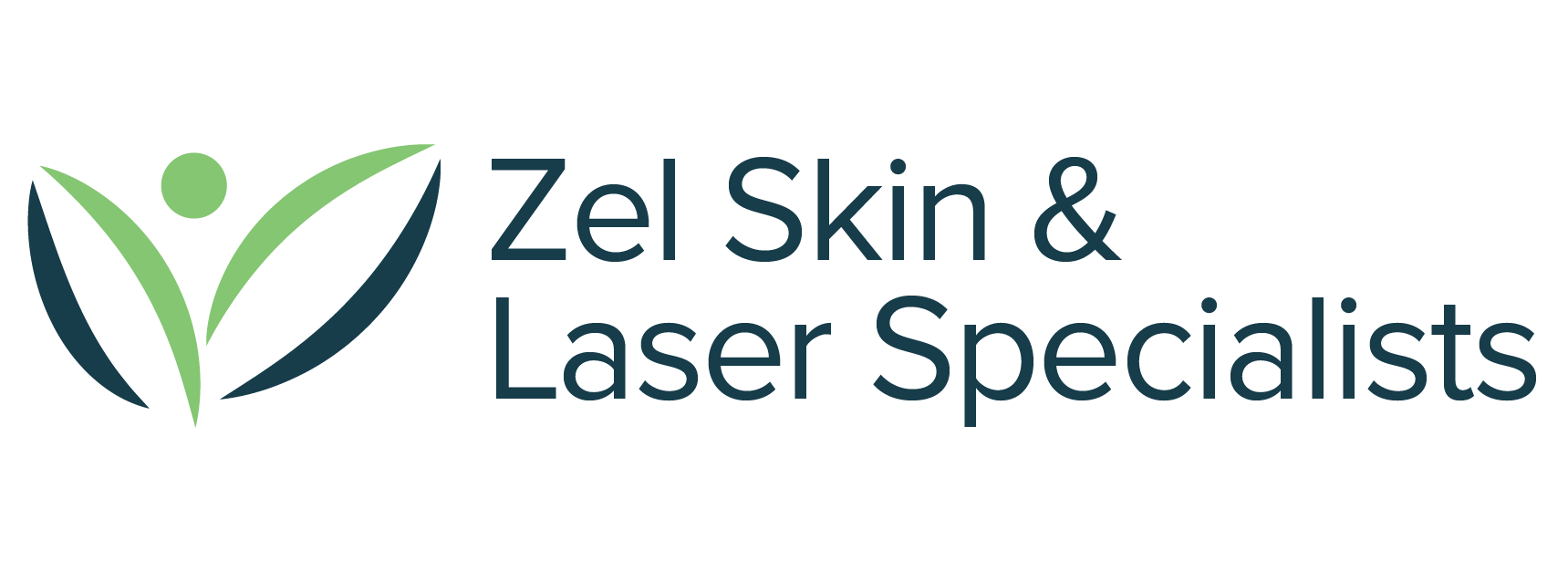Hormonal Causes of Acne
Teen acne is a nearly universal experience. More than 8 out of 10 people will experience acne during their teenage years. These skin lesions are so omnipresent that they are considered a normal part of puberty – the outliers are those who don’t experience chronic or occasional pimples. Clogged pores, uncomfortable lesions, and deep bumps have become part of the experience of getting older.
In most cases, teen acne will disappear with either time or an over-the-counter treatment. That said, sometimes teen acne is more than just the occasional pimple. Chronic, cystic, or otherwise severe acne can have a significant impact on a teenager’s social life and sense of self. When this happens, it is important to consult with a dermatologist. Only a medical professional can provide the treatment strategy and medication necessary to combat severe teen acne.
Types of Teen Acne
While you may think teen acne creates the same experience for every person, there are actually several differences between the various types of lesions. These bumps can have a number of causes, and while some are easily managed with over-the-counter medication, others require more intensive medical care.
- Keratosis Pilaris: Keratosis pilaris is a common, acne-like condition that appears on the back, arms, shoulders, and face. It is characterized by patchy bumps that are rough to the tough, but the lesions are not uncomfortable. A dermatologist can easily treat keratosis pilaris.
- Acne Mechanica: In our Minnesota offices, this type of teen acne is common amongst young athletes. This is because acne mechanica is a product of friction, which occurs when clothing fits uncomfortably or too tightly. Skin-tight athletic clothing, as well as protective padding and headbands, is a big contributor to this type of acne. Acne mechanica can appear nearly anywhere on the body, but it tends to cluster around the areas where clothing hits or uncomfortably rubs.
- Acne Vulgaris: This is the most common form of teen acne. Characterized by whitehead and blackhead pimples, acne vulgaris is the result of hormonal changes, like puberty. These hormonal changes alter the skin’s sebum production, which will in turn produce more acne. While acne vulgaris most commonly appears on the face, it can also appear on the back.
- Severe Acne: While severe acne is less common than a standard breakout, it can be hugely detrimental to a teenager’s self-esteem. Most severe teen acne appears as deep-set nodules and cysts. If your teenager is experiencing this, you will need to visit a dermatologist for treatment. There are also several, more dangerous types of severe acne. Acne conglobata, for example, is common in late teenage and young adult women, and it appears as deep, interconnected lesions. Acne fulminans is more common in teenage boys and is characterized as nodular and ulcerative lesions. Both types of acne require medical treatment.
If you are unsure which type of acne your teenager is experiencing, visiting the dermatologist may be the best way forward. One of our Minneapolis-area staff can examine and diagnose your teen’s acne with ease, creating a treatment plan to combat whatever lies ahead.
Finding a Teenage Acne Treatment that Works
Most teenage acne responds well to over-the-counter topical acne medications. Most of these widely available treatments include a combination of benzoyl peroxide and salicylic acid. These ingredients work together to both kill bacteria and clear dead cells from the top layer of skin. This reduces the appearance of pimples while preventing buildup that could lead to future breakouts. Topical acne medications do not typically require a prescription, and they can come in the form of cleansers, lotions, and spot treatments, depending on the type of acne you most typically experience.
Sometimes, over-the-counter topical medications don’t do the job. When this happens, you’ll need to consider other options, including oral acne medication and prescription treatments. To access these treatments, you’ll need the help of a doctor.
In every case, however, prevention is the best teen acne treatment. Developing great skin habits as a teenager can set a person up for good skin later in life. If your teen is developing their own hygiene habits, now is a good time to review the basics: use a mild cleanser regularly and prioritize products with hyaluronic acid, glycerin, and benzoyl peroxide. Though breakouts will still appear, this is an important time to help them figure out what works best for their skin.
Visiting the Dermatologist for Teen Acne
Visiting a dermatologist is a good idea even if your teen’s acne isn’t severe. For most people, lesions can return later in life as adult acne. Visiting a doctor as a person with teen acne can provide the tools and strategies they may need as an adult. The more you know about how your skin responds to medication, the easier treatment will be later in life. Whether your teen’s acne is severe, or you want to help them develop good skin habits, a trip to the dermatologist is never a bad idea.
If you or your teenager is experiencing teen acne, Contact us to make an appointment at Zel Skin & Laser Specialists. Our team can assess the acne lesions, formulate a personalized treatment plan, and lift the barriers most experience when trying to access more intense acne treatments.
